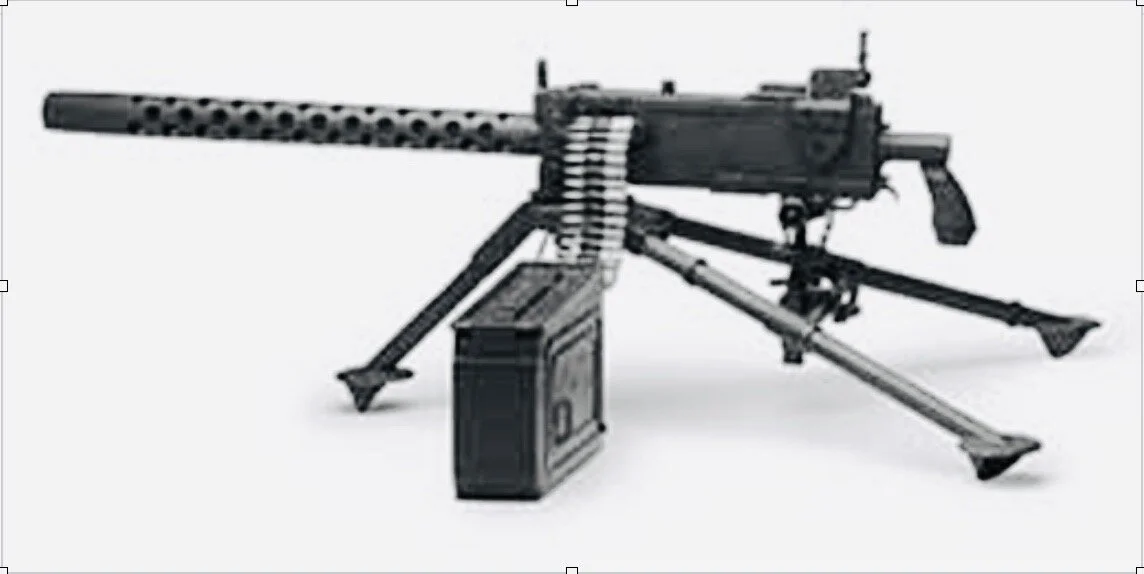How the Guns of Argentia Taught Me to Read
Photo by Steve Campbell
From Cold Coon and Collards: The Ghosts of War
A fading, overgrown gravel road could be discerned behind the topmost units. A white wooden sign proclaimed OFF LIMITS TO ALL PERSONNEL in red block letters. We decided to follow this up the hill, and look for a frozen pond for skating. After we climbed up two switchbacks, maybe a quarter-mile, we saw a huge cannon.
My nine-year-old friends and I were thrilled to discover this relic of World War II. It was only twelve years after the end of hostilities in World War II. We scrambled all over the huge gun emplacement, and were thrilled to discover that the elevation and rotation levers still functioned. We could raise and lower the barrel, and transit left or right. I think it must have been powered by water pressure from the pond up the hill.
I was puzzled that this derelict piece of ordnance was still partially operable. The breech block had been welded shut, but otherwise the machinery was intact. The Navy base we lived on in Newfoundland was called “the Guardian of the North Atlantic” during World War II. Scattered around the base of the gun were hundreds of brass shell casings and the metal clips that had bound them together in linked chains. This was the ammunition used in the .30 caliber, belt-fed machine gun.
The Browning M1919 .30 caliber Machine Gun
After we had played for an hour with the giant gun, giving each other rides on the cannon, we collected expended casings, and linked them together into bandoliers and draped them around our shoulders so we looked like Pancho Villa.
Strangely enough, finding this expended ordnance helped me learn to read.
I was late learning to read. In first and second grade, I had memorized the contents of each page of my reader, from hearing it read in class by the teacher, so when called on in class, I could recite the contents of Fun With Dick and Jane. Unfortunately, I couldn’t read my Geography book in third grade. With 56 students and only one diminutive teacher in my class at Admiral Bristol School, I got little or no individual attention.
My Geography book did come in handy for hiding comic books from Mrs. Zeller. I could conceal a comic book behind my upturned textbook, and follow the adventures of Little Lulu or Batman, unobserved by the teacher. I was starting to understand some of the simple writing in the comics. Unfortunately, my parents only gave me 25¢ allowance, barely enough to buy one or two comic books a week.
When I brought my machine gun belts to class, I found that some of the other boys would trade their old comic books for the lethal-looking souvenirs. For a long length of ammo, I could get a big stack of old comics, and I could get more casings just up the hill behind my quarters.
With dozens of second-hand comic books now in my collection, I started reading several every day. My reading skills went from a kindergarten level to a sixth-grade level in a few weeks.
There’s lots more about my Newfoundland childhood in Cold ‘Coon and Collards, available on farmboypress.net, or on Amazon.



